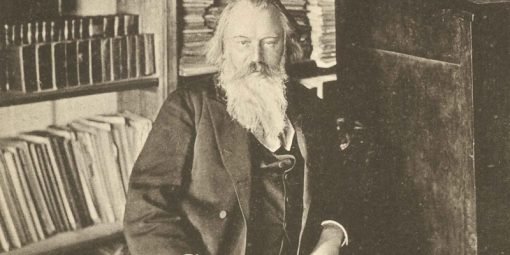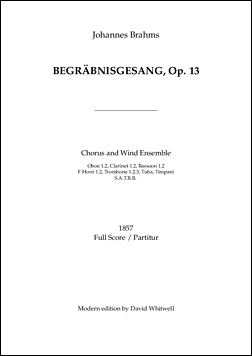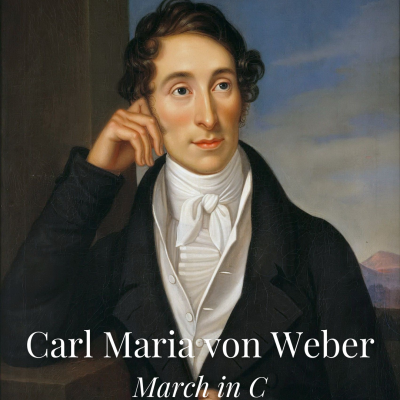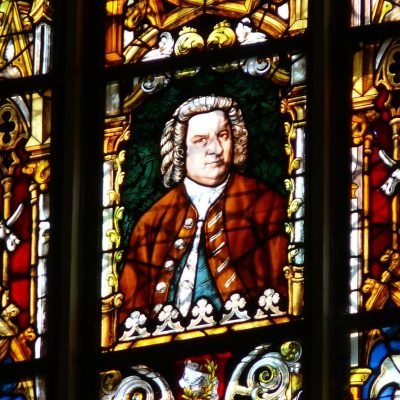Description
Begräbnisgesang, op. 13
Johannes Brahms (1833–1897)
Modern edition by David Whitwell (1937–)
Date: 1857
Instrumentation: Chorus with Wind Ensemble (2 Ob, 2 Cl, 2 Bsn, 2 Hn, 3 Tbn, Tuba, Timp, SATBB)
Duration: 6:00
Level: 4
Notes on Brahms’ Begräbnisgesang
In 1857 Brahms became the conductor of the choral society at Detmold. The fine wind players available in this court are reflected in a number of Brahms’ compositions at this time. Indeed, Florence May, an important early biographer of Brahms, indicated that the Serenade Nr. 1 was originally composed for a wind octet.
It was at this time that Brahms composed his Begräbnisgesang for chorus and wind band, a work Brahms himself conducted several times, the first under his baton being a performance at the Gradener’s Academy in Hamburg on December 2, 1859.
Traditionally scholars have this work was a study for the second movement of the later famous Requiem. But I believe there is a more important story behind this work. The reader will recall not only the long friendship which Brahms had with Robert Schumann, but his debt to Schumann for the promotion of his career. It is also well-known that Brahms had a close relationship with Schumann’s wife, Clara, and later widow, one of the great love stories of the nineteenth century. The three were very close during Schumann’s final illness and death on July 29, 1856. There is a long tradition in the Catholic Church, observed in Europe and in South America, that after one’s death the survivors must wait one year or more before the end of mourning and the celebrating a major Mass or commemoration. Therefore, one year after Schumann’s death would bring us to the general period when this work was written.
Since scholars have failed to find any other specific reason, or for whom, Brahms wrote this very special composition, I believe it was composed for some special private occasion when he and Clara and other family and friends gathered to remember Robert Schumann. It seems clear to me that the sixteenth century text, Nun lasst uns den Leib begraben, which Brahms selected for this music had Schumann in mind, and seems too specific to be used for general purposes. It speaks of “his work, sorrow and misery” and his having been “weighed down by fear.” Now he is at peace and [his reputation] will become “Radiant like the brilliant sun.”
It is the music which Brahms sets to “his work” (Sein Arbeit), beginning in bar 49, which first brought this idea to mind. Here, reflecting “his work” we hear, at a piano level, with half-chorus as if the angels were singing, music which sounds very characteristic of Schumann. Suddenly happy, it reminds us of some of the simple and buoyant character of some of Schumann’s music, for example the spirit of his Trällerliedchen [Humming Song] found among his Album for Youth. Surely this is a reference to his friend and his music.
It is often quoted that Clara Schumann said of this composition that it was “most glorious.” Perhaps, then, she was speaking not only of the composition, but the noble purpose it served.
In 1973 I had the honor of being requested by the US State Department to record this composition for their “Voice of America” broadcasts in Europe.
David Whitwell
Austin, 2014







